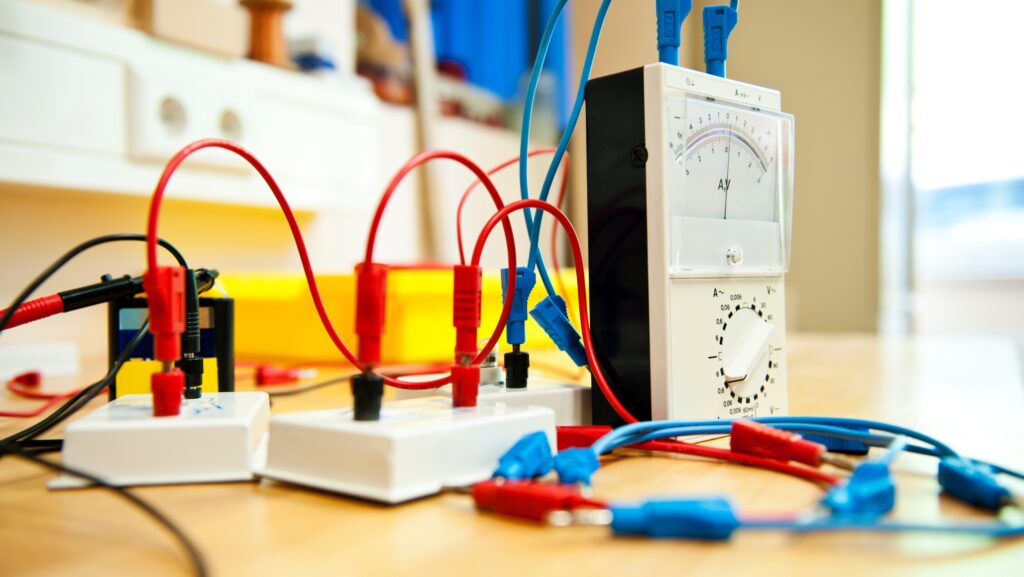Diving into the world of physics, students often grapple with abstract concepts like potential energy. It’s a crucial part of their syllabus, yet it’s often cloaked in complexity. This article aims to unravel this mystery, focusing on potential energy in the context of everyday objects – like items on a shelf.
Potential energy serves as a fundamental concept in physics, with its explanations rooted in essential physical phenomena. Recognizing and comprehending the essence of potential energy facilitates study and the ability to utilize it in real-world scenarios.
Potential energy, by definition, is the energy stored within an object due to its position related to other objects. In short, it’s latent energy waiting to convert into another form. For instance, if an object, like a book, is kept on the shelf, that book carries potential energy. Here, the energy is attributed to the book’s positional relation to the Earth’s gravitational field.
Student Exploration Potential Energy on Shelves
 Physics, as a subject, attributes paramount importance to potential energy. It’s mostly due to this energy’s inherent property of transformation. As a key concept, potential energy helps to explain a wide range of phenomena and processes, such as how electricity is generated in a hydroelectric dam.
Physics, as a subject, attributes paramount importance to potential energy. It’s mostly due to this energy’s inherent property of transformation. As a key concept, potential energy helps to explain a wide range of phenomena and processes, such as how electricity is generated in a hydroelectric dam.
In this context, water held back in a dam embodies substantial potential energy, which transforms into kinetic or motion energy when released. As water flows, it spins the blades of a turbine, which then drives a generator, ultimately producing electricity. Without potential energy, a process as essential as this would be impossible to explain.
Potential energy not only acts as a cornerstone in physics but also plays an indispensable role in everyday situations, just like objects sitting on shelves, awaiting the moment to unleash their potential.
Building on the initial foundation of understanding the essence of potential energy, it’s crucial to delve into the practical implications of the concept in real-world situations. A primary focus in this section is the exploration of potential energy on shelves by students, which serves as a visually impactful and highly engaging facet of physics studies. Here, the principles of potential energy translate into a comprehensible and tangible reality, providing students with an ample opportunity to grasp the intricacies of potential energy in an enjoyable, experiential manner.
The Concept of Shelves in Energy Studies
 In energy studies, shelves typically represent varying levels of potential energy. A higher shelf implies more potential energy owing to a greater distance from the ground, with each level serving as an excellent illustrative tool for potential energy’s bedrock principles. Examples include books on a shelf or boxes in a warehouse. All these objects, irrespective of weight, gain potential energy as they ascend to higher shelves. The reason lies in the fundamental formula of potential energy: PE (potential energy) = m (mass) * g (gravitational constant) * h (height). As evident, the higher an object’s height (h), the greater its potential energy (PE).
In energy studies, shelves typically represent varying levels of potential energy. A higher shelf implies more potential energy owing to a greater distance from the ground, with each level serving as an excellent illustrative tool for potential energy’s bedrock principles. Examples include books on a shelf or boxes in a warehouse. All these objects, irrespective of weight, gain potential energy as they ascend to higher shelves. The reason lies in the fundamental formula of potential energy: PE (potential energy) = m (mass) * g (gravitational constant) * h (height). As evident, the higher an object’s height (h), the greater its potential energy (PE).
Educational Benefits of Exploring Potential Energy
 Potential energy may be abstract, but its exploration offers tangible educational benefits. Students engrossed in physics experiments that estimate potential energy on shelves stand to gain a wealth of knowledge. Engaging in such educational activities yields advantages like refined problem-solving skills and better critical thinking abilities.
Potential energy may be abstract, but its exploration offers tangible educational benefits. Students engrossed in physics experiments that estimate potential energy on shelves stand to gain a wealth of knowledge. Engaging in such educational activities yields advantages like refined problem-solving skills and better critical thinking abilities.
Exploring potential energy enhances students’ problem-solving competencies. When participating in these experiments, students encounter scenarios requiring the application of the potential energy formula. For instance, by analyzing how the height of a shelf impacts the potential energy of an object, students learn to decipher these physics equations, sharpening their problem-solving skills. Such practical sessions bring out their ability to derive solutions from complex situations, using potential energy calculations.
Fostering Critical Thinking
The exploration of potential energy also plays a pivotal role in fostering critical thinking. Students constantly engage with complex concepts like energy conversion, where potential energy transforms into kinetic energy. Observing objects sliding off a shelf, they witness potential energy morphing into kinetic energy. Such situations urge them to reflect on these physics principles and analyze the relationship between height, mass, and potential energy. By doing so, they strengthen their critical thinking skills, grappling with the dynamics of potential energy.

